Perfection is overrated: Why the fashion industry is moving beyond aesthetic appeal
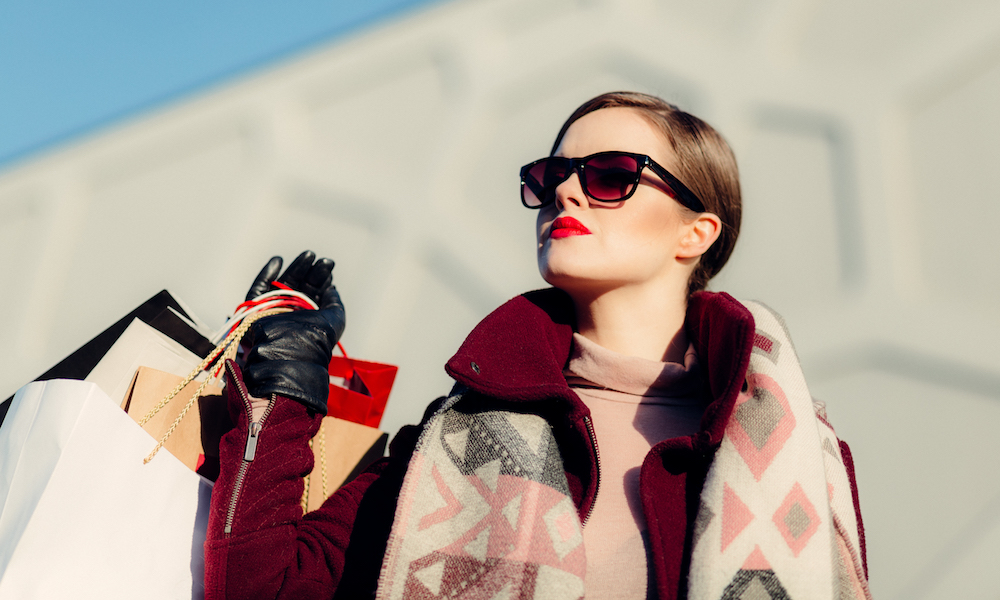
The glitz and glamour of the fashion industry continues to entice youngsters around the globe. Thousands of teenagers dream of being the next Cara Delevingne, gliding down the catwalk in next season’s Balenciaga, Prada and Versace. But behind the glossy magazine covers and star-studded runway shows lies a different reality.
Fashion is notoriously competitive and aspiring models will often go to extreme lengths to “fit in” with the ideals of the industry. Cosmetic procedures such as leg extension surgery and tongue patches designed to stifle appetite have grown in popularity, while reports of eating disorder epidemics within the industry are not uncommon. However, the traditional model aesthetic could now be changing.
Aspiring models have gone to extreme methods to be successful
Some aspiring models have undergone controversial and often painful procedures to achieve the body shape they desire. Mesh tongue patches that are stitched onto the tongue have become one of the most popular methods of losing weight. The mesh makes it too painful to eat solid food, meaning the patient must live off a purely liquid diet until the patch has been removed by a doctor, helping them to shed the pounds.
Leg extension surgery is another procedure aspiring models are increasingly turning to. The average height for a female model is between 5’8” and 5’11” tall. Meanwhile, male models are expected to be between 5’11” and 6’3”. For those that don’t quite meet the industry’s stature requirements, limb lengthening is a way of adding a few more inches of height.
Other surgeries such as breast augmentation and lip fillers are popular, while waist trainers are growing in popularity as a way to get a cinched-in waist without needing surgery. Celebrities such as the Kardashians have admitted to wearing them.
Modelling is no longer about being “tall, thin, and blonde”
After facing much backlash from the media and models who have spoken out against the industry’s ideals, the aesthetic is now changing massively. Brands are focusing less on having models fit the mould, and are looking more towards how the model fits in with the brand.
Designer Henry Holland recently admitted that casting agents are now more likely to pick a model based on their personality. Speaking to HuffPost UK, he explained how he always makes sure his brand represents diversity when choosing models for shows, and said: “I’d never set a kind of aesthetic restriction on how I cast my shows, it’s about who the girl is when I meet her and what she’s about.”
Last year, the Women’s Equality party launched a campaign aimed at changing the way the fashion industry treats body size and shape, and called for an end to unrealistically small “sample sizes”, which is used by designers to showcase designs on the catwalk. Campaigners asked for fashion designers to include at least two sample sizes in every range, one of which must be a UK size 12, or above.
Plus size modelling is a growing industry
The average dress size in the UK is a size 16, and as a result, the plus size fashion market constitutes 12.4% of all clothing sales. The industry itself is worth in excess of £5 billion, and a quarter of UK women have bought plus-size clothing in the past year. Singer Beth Ditto launched her eponymous clothing line last year. Ditto, who is herself a size 18, designed the collection to make the fashion experience “normal” for women everywhere.
Similarly, size 22 model Tess Holliday has challenged the fashion industry’s attitude to sizes, and launched the ‘Eff Your Beauty Standard’ hashtag and trend. However, she has since faced a backlash, and had an advert banned on Facebook, because the photo of a bikini-clad Tess depicted the body in “an undesirable manner”.
More models and agencies are breaking the model mould
More unconventional models are breaking out and getting recognition. Shaholly Ayers, for example, was born without her right forearm, however, she has taken the fashion world by storm and posed for magazines and catalogues, and is the brand ambassador for Global Disability Inclusion.
Another model challenging fashion conventions is Rain Dove, who is making it her mission to change how society sees gender through clothes. Rain does this by modelling as both a woman and a man, and has modelled for Elle, Vogue, and Calvin Klein. The 27-year-old stumbled into the modelling industry after losing a bet with a friend and has since made a name for herself for being an androgynous model.
The editorial unit

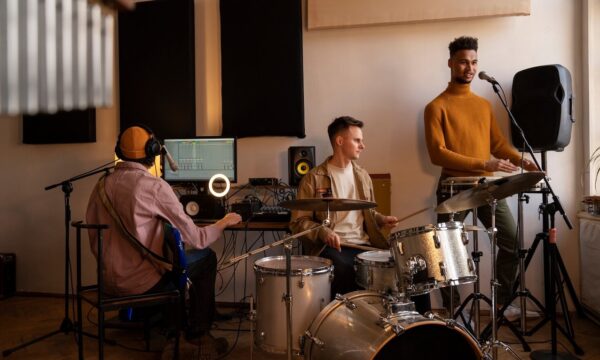
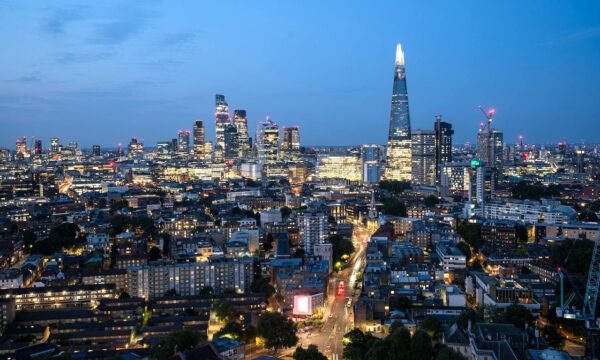

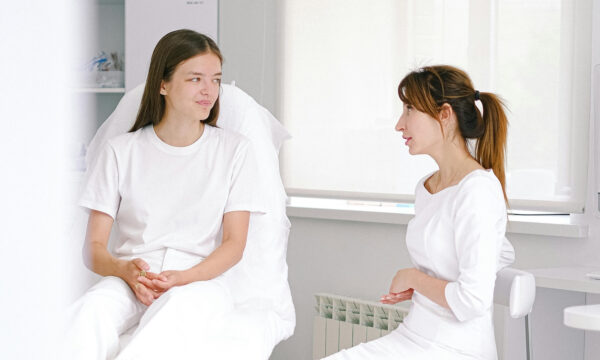




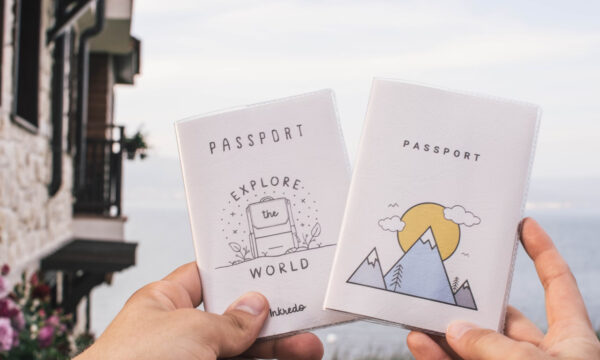





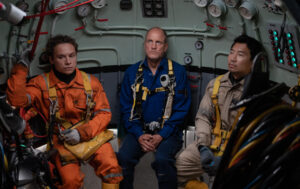





Facebook
Twitter
Instagram
YouTube
RSS